Do you want to fortify your plumbing skills to the next level? Then, you might be interested in how to become a pipe layer. If this is your first time coming across this profession, don’t worry because this guide gives you a detailed explanation of the responsibilities as well as the process of becoming one.
Delving into the pipe layer profession
First and foremost, it’s important that you know the core tasks of a pipe layer. A pipelayer handles a variety of duties, depending on the industry they are working in. Therefore, we’ve listed their main responsibilities for easy reference:
1. Laying the pipe groundwork for solid, liquid, and even gas elements
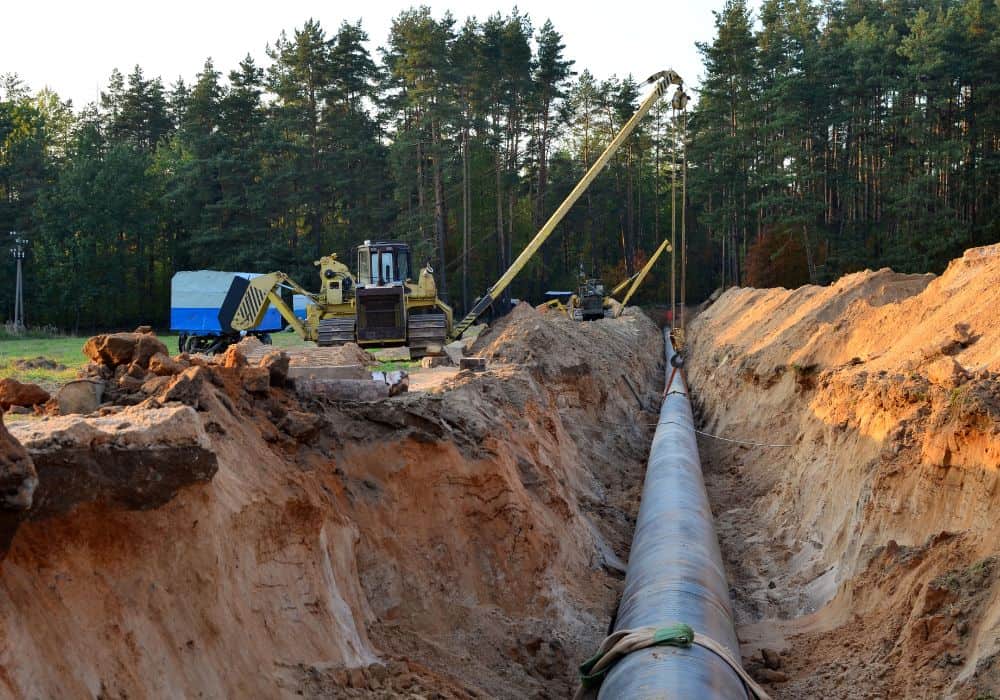
From the name itself, this gives you the idea that pipelayers or pipe layers are assigned to lay the pipe material into the piping system. This could be for water service pipes, sanitary sewer pipes, and drains.
Aside from performing the initial groundwork, these individuals manage the initial pipe preparation for natural gas lines. These pipes then transport the gas to be utilized as fuel for further manufacturing.
2. Operates different equipment
Likewise, pipelayers work as operators of the equipment. They handle radio indicators to identify piping systems as well as utilize drill holes to be used for auxiliary lines.
They are also responsible to do trenching, which is the process of excavating the ground in preparation for the pipelines or cables. To do this rather complex task, you will need specific equipment like trench diggers and powered trenchers.
There are manual digging tools too like shovels and auger drills, which are suitable for digging out solid surfaces. Some of the most valuable shovel types are taper mouth, round mouth, and cable layer shovels. These tools are relevant in clearing out narrow trenches in preparation for the different sections of pipes.
3. Repairs and maintains the pipe foundation
Furthermore, pipelayers may work on the repair and maintenance of pipes. They make sure that the pipes are laid properly even after a long time. And if they found issues in the pipe, they may do necessary adjustments to the tubes and ensure they are connected to the correct system.
So, in general, pipelayers are tasked with laying the pipeline foundation, digging underground or seabed, and ensuring the pipe system is in right place. Accordingly, their working environment is mostly outdoors, and would definitely require physical stamina.
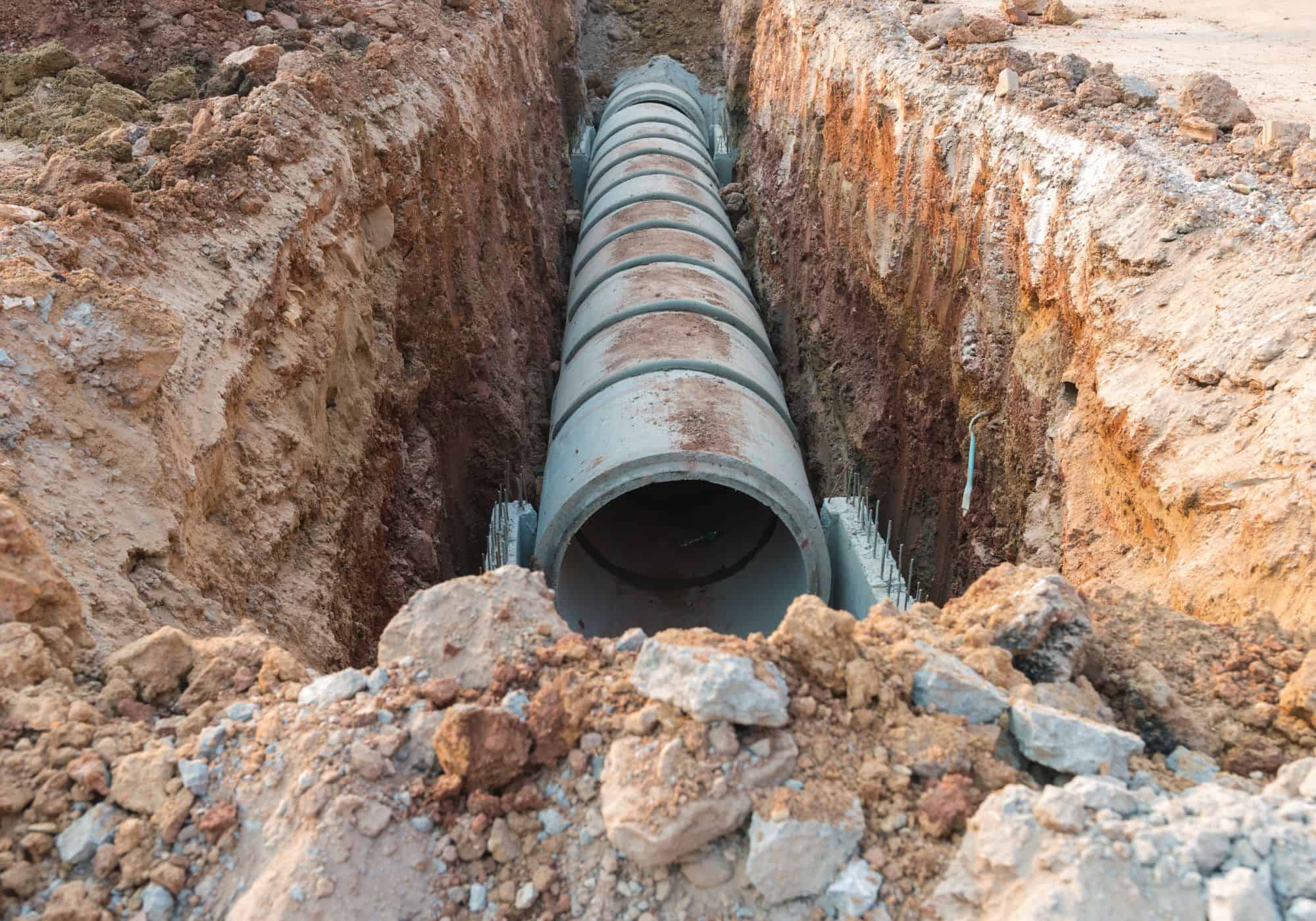
Knowing the differences between pipefitters and plumbers
Often than not, pipelayers are simultaneously associated with pipefitters and plumbers. Therefore, it’s important that you know how to distinguish a pipelayer from a pipefitter as well as from a plumber.
In comparison, a pipefitter works on checking the pipelines for accuracy and efficiency. They typically bend, cut, and modify piping materials to ensure that these fit into the pipe system. More so, pipefitters connect these segments using different methods such as soldering, welding, cementing, and the like.
Meanwhile, plumbers normally handle the entirety of the plumbing works for both residential properties and commercial structures. These include preparing blueprints, working with contractors, and installing pipelines. In addition, they respond to plumbing concerns and fix repairs as needed.
Becoming a pipelayer
Skilled pipelayers are quite a few in the industry. And if you want to become one, then you need to have the right knowledge and set of technical abilities. Along with these pivotal elements, we’ve gathered all the key requirements as well as the characteristics needed for you to be part of the community.
On top of that, we will include the expected salary range and the industries with significant employment for pipelayers. So, let’s begin with the educational background.
1. Educational Requirement
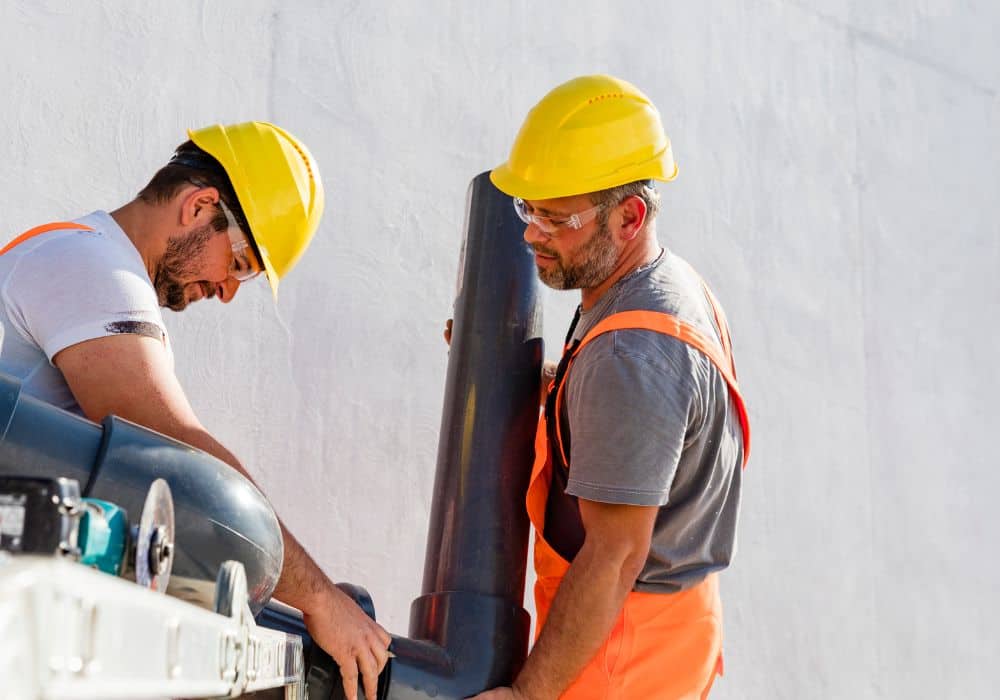
One of the most important elements of becoming a pipelayer is to have a high school diploma. If you don’t have one, make sure you earn a GED certificate instead. There are plenty of technical and vocational schools that offer basic education in pipelaying.
Having a solid background in pipelaying is crucial as most employers give priority to applicants with a relevant form of training. More so, completing your apprenticeship as a pipelayer is vital in your work scope to ensure that you accomplish your tasks efficiently and effectively.
Accordingly, your certification should cover classroom learning, together with hands-on training. It’s also crucial that you comprehend the technicalities of plumbing works, including reading blueprints, understanding key schematic drawings, using mechanical tools, and the like.
Likewise, you are expected to have an in-depth knowledge of plumbing codes and processes. And lastly, you need to go over the safety rules and guidelines in the plumbing industry.
2. Set of skills
Now that you have a solid education, it’s time to further harness your knowledge. In today’s competitive world, it’s definitely not enough to fully depend on your diploma. There are several candidates vying for one position, so you need to stand out, or else other applicants will take your coveted spot.
Therefore, it’s important to have a solid set of abilities that would help you become more compelling. Validate your learning through technical training and certification. One of the most important skills of a pipelayer is manual dexterity. Polish your proficiency in working with plumbing tools and equipment.
Since pipelayers perform intense labor as part of their job, having an experience in house construction is highly recommended. Through this, you become more aware of your surroundings and learn how working outside is pivotal for the entirety of the operation.
And of course, active listening and critical thinking are both essential elements. Give your full attention when doing your job to avoid possible concerns in the future. Finally, you should possess great communication and coordination skills to wrap up your tasks successfully.
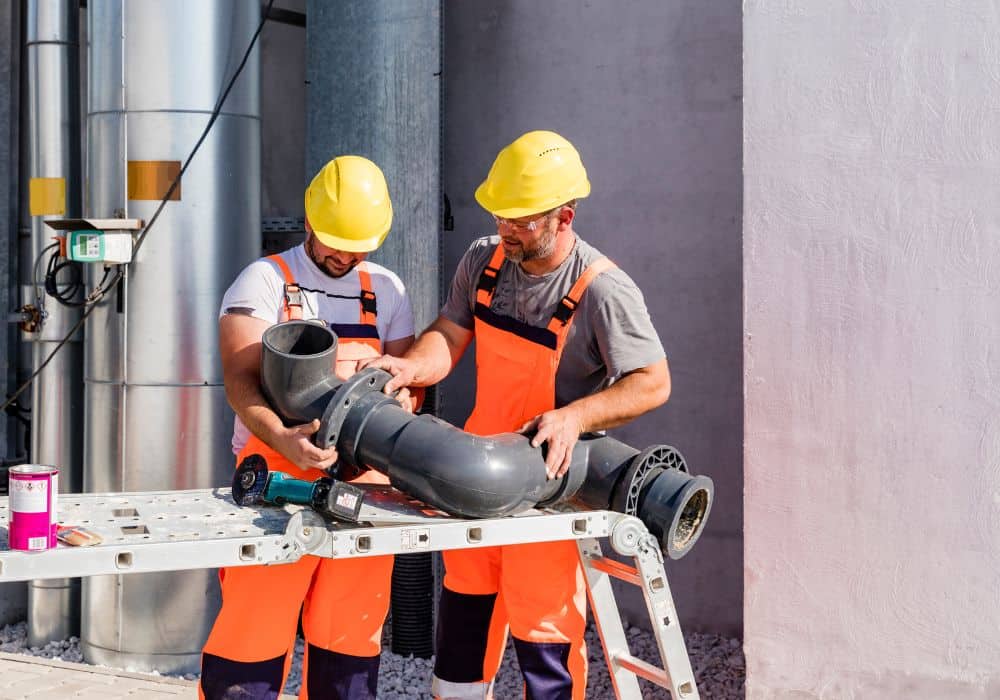
3. Personal traits needed
A pipelayer isn’t an easy job. In fact, it’s a very tedious one as you have to work outside most of the time. So, aside from the educational requirement and set of skills, it’s also pivotal that you have the right personality. Some of the most important traits include being persistent, independent, and practical.
And as mentioned earlier, it pays off to be tactile since you will be working on physical tasks in general. So, if you’re planning to be a pipelayer, it’s best that you ready yourself physically. You may be working under the heat of the sun or during unappealing weather.
Lastly, having an optimistic, confident, and assertive personality goes a long way, especially with the nature of your work. Pipelayers often deal with other key people like contractors, plumbers, pipefitters, and more.
4. Salary
According to the May 2012 data from the Bureau of Labor Statistics (BLS), pipelayers are under Occupational Employment 47-2151. These individuals may manage a combination of the following tasks:
- storm sewer pipes
- sanitation sewers
- water mains
- drains
- grades trenches
- seal joints
- culverts
- position pipes
If you fall under this category, the hourly rate of a pipelayer ranges from $14.42 to $36.25, with a median of $22.11. Meanwhile, the annual wage generally settles between $30,000 to $75,410 and the median is $45,980.
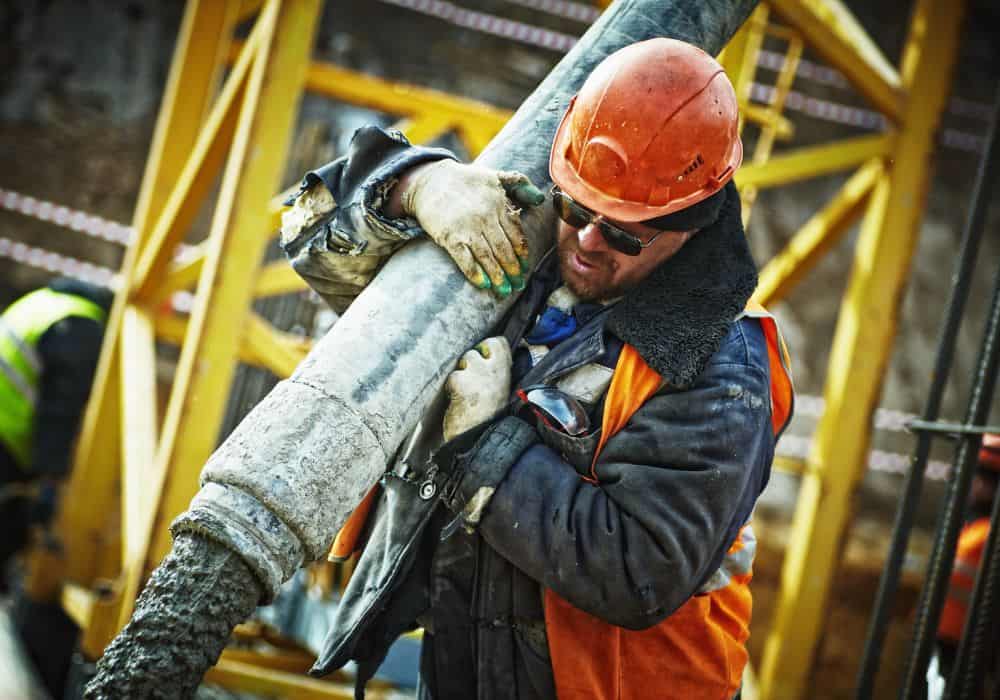
5. Job opportunities
The job scope of pipelayers is primarily influenced by a series of elements. First, it stems from the demands associated with city rebuilding and upgrades, which might require several water supplies, sewer lines, and gas systems. If there are more residential and commercial properties, it means better job opportunities.
Likewise, issues related to older pipe systems could also accelerate the demand for pipelayers in the city. Unfortunately, the approval of urban developmental works is largely dependent on the government. But on the bright side, there is expected job growth in the subsequent years.
Lots of infrastructure advancements from various fields need the expertise of pipelayers. And although there’s a possibility of downfall in the construction industries, pipe systems relatively need regular maintenance and structural repairs, hence the demand for pipelayers and plumbers.
6. Industries that need pipelayers
In the United States alone, there are approximately 44,100 pipelayers. And it is even expected to increase by 2026. Based on the recent information from BLS, the industry with the most significant employment of pipelayers is utility system construction.
It is then followed by highway, street, and bridge construction, along with pipeline transportation, land subdivision, and water, sewage & other systems. More so, these industries are distributed across many states in the US. Therefore, there would be plenty of options for you to get a job as a pipelayer.
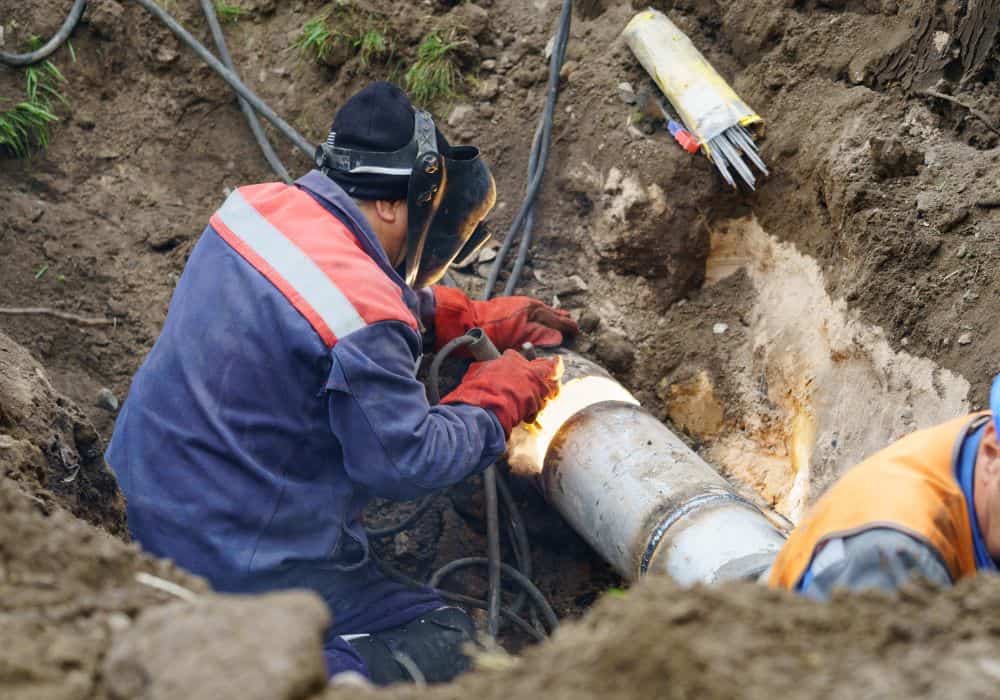
7. Other relevant aspects
If ever you’ve decided to pursue the pipe layering profession, then you need to plan your goals ahead of time. Do take note that pipelayers have a significant role in house construction and building infrastructures. Therefore, you have to earn solid training for years to back up your knowledge.
More so, it’s pivotal to evaluate your physical capabilities beforehand, considering this job is not an easy one. You won’t likely come across a pipe layer working inside an office setup or inside the comforts of their home. They are typically in the field and construction sites, so better set your expectations straight.
Conclusion
Becoming a pipelayer is quite a journey, but it’s very gratifying if you’re into laying the groundwork and doing tactile tasks. So, if want to transform into one, kick off your plans as soon as possible and be sure to know the ins and out of the plumbing industry and master the standard safety codes and protocols.
